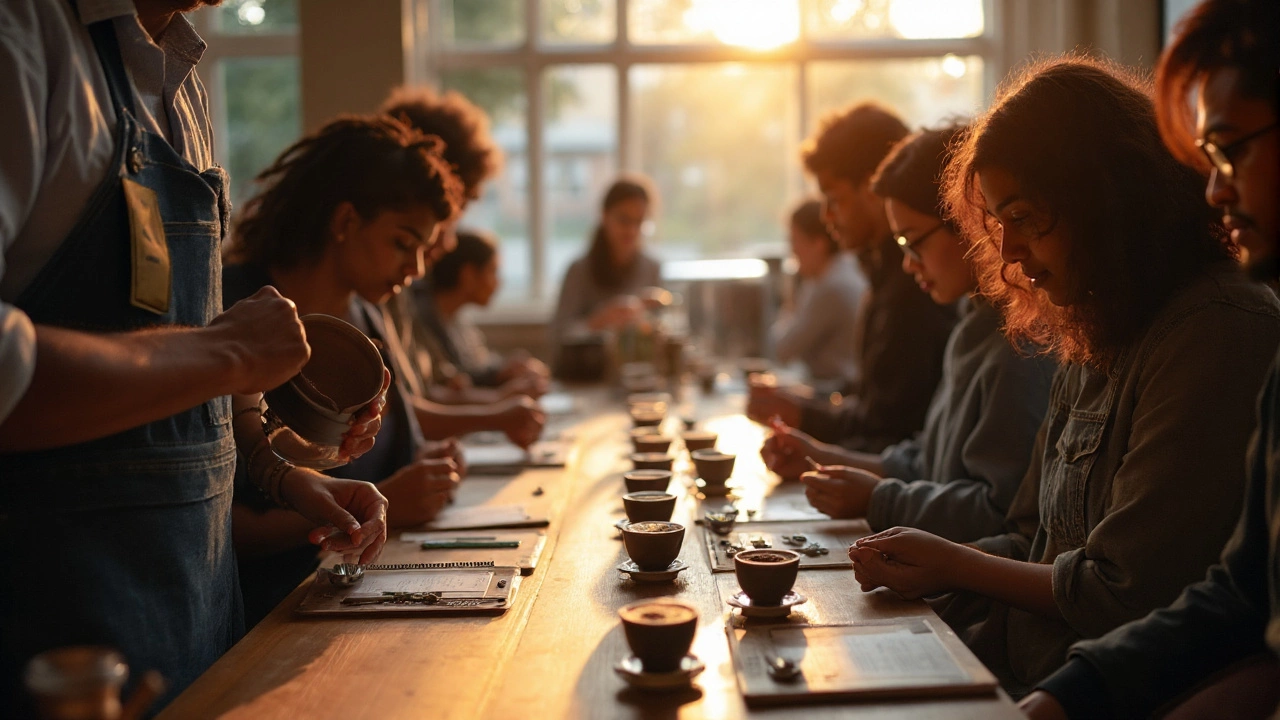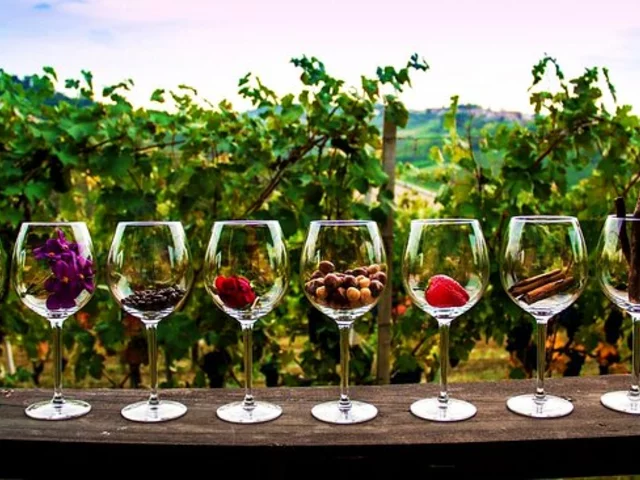How to Taste Coffee – A Simple Guide for Better Flavor
Ever wonder why some coffees taste bright and others feel flat? The secret is in how you taste them. Treat each cup like a tiny experiment and you’ll start to hear the notes that make coffee special. Below are the exact steps you can follow right at home, no fancy equipment needed.
Step 1: Look and Smell Before You Sip
First, hold the cup up to the light. Look at the color – dark, medium, or light – and notice the surface. A thin crust of crema on espresso, for example, tells you something about freshness and roast level. Next, bring the mug to your nose. Take a quick sniff, then a deeper inhale. Try to pick out three smells: a fruity note (like berries or citrus), a sweet note (chocolate or caramel), and a nutty or earthy note. You don’t need a perfume glossary; just name what reminds you of a food or scent.
Step 2: Sip, Let It Roll, Then Evaluate
Take a small sip and let the coffee coat your tongue. Notice the first impression – is it sharp, smooth, or bitter? After a few seconds, let it spread to the back of your mouth. This is where you’ll find the body (light, medium, heavy) and the finish (short or lingering). Jot down the flavors you sense – perhaps a hint of toasted almond, a touch of dark chocolate, or a subtle floral perfume. If something feels off, like a burnt taste, that’s a clue about the roast or grind.
Once you’ve done the basic tasting, you can play with temperature. A hotter cup will highlight acidity, while a slightly cooler one often reveals sweetness. Try the same coffee at two temperatures and compare. This simple trick shows how temperature changes the flavor balance.
Now that you know the steps, make a quick tasting log. Write the coffee name, roast date, and three words for aroma, flavor, and finish. Over time you’ll see patterns – maybe you prefer lighter roasts with fruity notes or darker roasts with chocolate depth. This log becomes your personal coffee map and helps you pick beans you’ll love.
Finally, share your findings. Talk with friends, baristas, or online forums. Explaining what you tasted forces you to clarify the flavors, and others may point out notes you missed. The more you discuss, the better your palate becomes.
So grab your favorite mug, follow these steps, and start tasting coffee like a pro. It’s all about slowing down, using your senses, and noting what you experience. Happy sipping!
Yes-coffee tastings are real. Here’s what they are, how they work, where to find them, and how to run a cupping at home with pro tips, costs, and etiquette.
View Details

